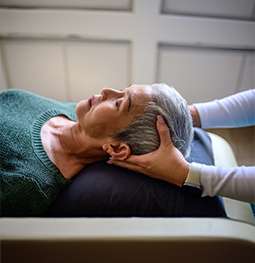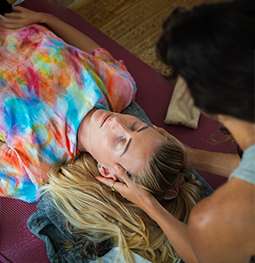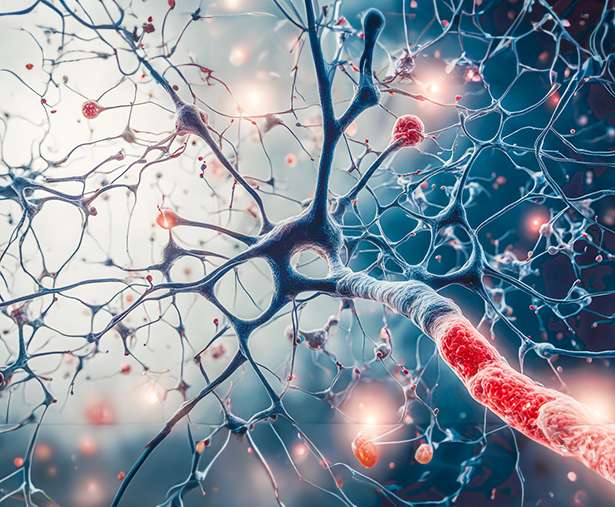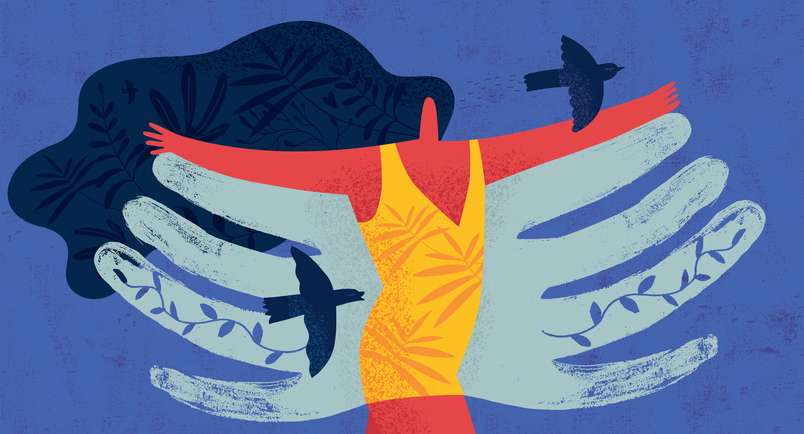8:00 a.m -6:00 p.m
-
-
-
RMZ Ecoworld, Bellandur, Outer Ring Road
8:00 a.m -6:00 p.m
RMZ Ecoworld, Bellandur, Outer Ring Road

An increasing amount of research shows that thoughts leave their mark on muscles. The body and mind are closely related. A major idea in the majority of alternative therapies is release. According to Peter Levine, a former stress consultant for NASA, trauma is not just something that happens to us; it's also something that we carry within us.

"She accomplishes this by turning into a conscious, sympathetic observer. What's interesting is that touch, not words, is used for all of this. Her touch transports me to a place that feels safe and secure, to put it mildly. My body starts to let go as my breathing becomes deeper and my nerves settle."
A BCST therapist assists you in releasing old, debilitating patterns and gaining awareness of your body. Spending endless hours developing this kind of calm sensitivity. Most of it is about touch, but breathing plays a big part in it.
BCST is an esoteric therapy. It is also hard to measure. Like Ayurveda and meditation, it doesn’t give instant feedback. Rather, you need to undergo six-eight sessions in order to experience some sort of difference

In a typical one- to two-hour session, the client lies quietly, fully clothed, while the practitioner makes light contact at selected points around the head, torso, knees, and feet. This light contact consists of gentle finger pressure, with no bone manipulation or forceful thrusts such as those used in chiropractic work, bone-setting, or osteopathy. The practitioner notes what he or she perceives at selected points on the body and in the craniosacral system (the membranes and cerebrospinal fluid that surround and protect the brain and spinal cord), as well as the client's attitude and intentions. The goal of craniosacral therapy is to help get rid of restrictions in this system to improve the functioning of the central nervous system.

Some people use craniosacral therapy as an adjunct to other forms of treatment, including migraine headaches, chronic pain, chronic fatigue syndrome, post-traumatic stress disorder, trauma of any kind, post-surgical recovery, TMJ, and others. Craniosacral therapy does no harm when practiced sensitively and respectfully by a trained practitioner. It may support an attitude shift in clients toward a more direct and intimate sense of their own wellbeing, a feeling of "being more at peace with oneself." It may also support a natural shift to self-acceptance, a more natural capacity for loving relations, and a sense of being connected to life.